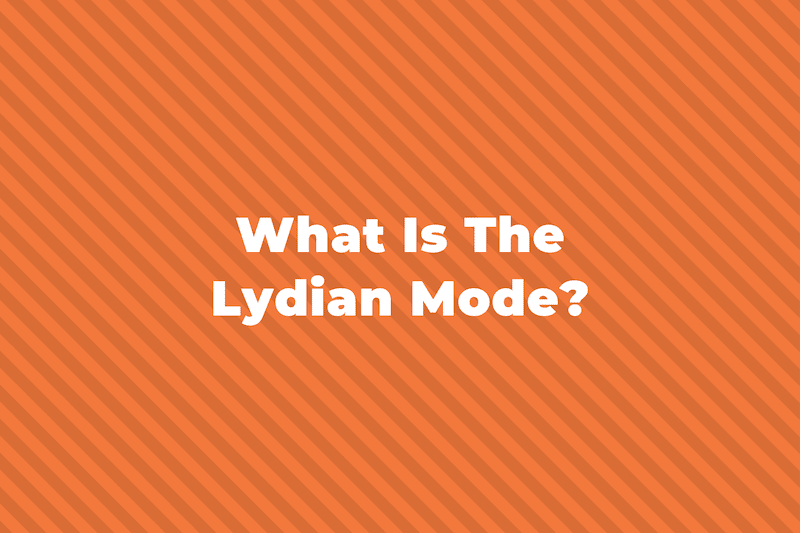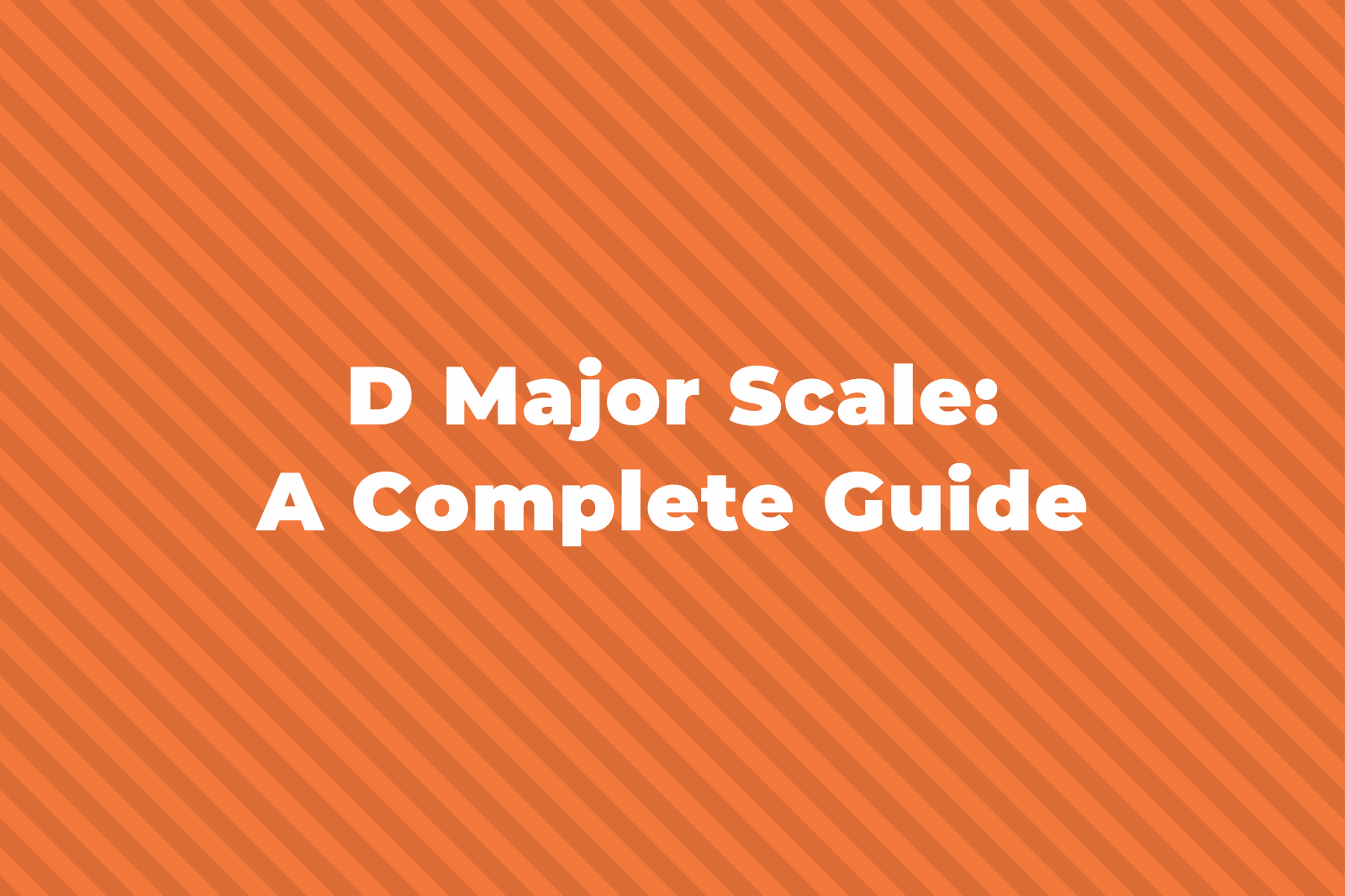Adagio is an Italian term meaning “slowly” or “at ease.” It’s used in music to indicate a tempo that is leisurely and graceful.
When a piece of music is marked adagio, it suggests playing the music at a relaxed and easy pace, often conveying a sense of calmness, reflection, and emotive depth in the music.
Other words that are frequently used to describe adagio include “gentle,” “serene,” “soothing,” “unhurried,” “reflective,” and “mellow.”
How Fast Is Adagio?

So adagio means “slowly.” But exactly how slow should you play it? Instead of relying solely on subjective interpretation, we can use a metronome to get a more precise sense of the tempo.
Like with other tempo markings, there’s a range to consider. Typically, the tempo for adagio falls between 44 – 68 BPM (beats per minute).
This range provides a framework, but it’s important to remember that adagio is as much about the feeling of ease and relaxation as it is about the exact speed.
Historical Context And Etymology Of Adagio
The term “adagio” has its roots in the Italian word “ad agio,” meaning “at ease.” This origin reflects the essence of the tempo, emphasizing a sense of calmness and tranquility in the music.
The use of adagio in musical terminology can be traced back to the mid-1700s, coinciding with the mid-Baroque era. This period saw a heightened emphasis on expressive depth and the emotional contours of music, setting the stage for the widespread use of Adagio.
Related Terms To Adagio
Here are some terms that are often associated with adagio:
- Largo: This tempo is slower and more solemn than adagio, often conveying a grand, expansive feeling (40 – 66 BPM)
- Larghetto: Slightly faster than largo, larghetto maintains a slow pace but with a bit more lightness and fluidity (44 – 66 BPM)
- Adagietto: This term is somewhat quicker than adagio and is often used to express a slightly more upbeat or less weighty mood (46 – 80 BPM)
- Andante: A tempo that is slightly faster than adagio. It translates to “walking pace,” signifying a steady, moderate speed (76 – 108 BPM)
- Andantino: This can be slightly faster or slower than andante, depending on the composer’s interpretation, generally light and flowing (80 – 108 BPM)
- Adagio cantabile: Indicates a slow tempo that should be played in a singing, lyrical style, emphasizing melody and expression
- Adagio sostenuto: A sustained, extended adagio, often requiring prolonged notes and a sense of lingering on the melody
- Adagio ma non troppo: Means “slowly but not too much,” suggesting a careful balance between slow tempo and musical flow
- Adagio ma non tanto: Similar to adagio ma non troppo, it implies a slow tempo but with a hint of flexibility, not too slow
Examples Of Adagio Tempo Music
Finally, here are some famous examples of adagio music to help you get an idea of how fast adagio should be played and the range of BPMs that it can span. You’ll also see the emotional depth of the music that embodies this tempo.
“Adagio For Strings” By Samuel Barber
One of the most famous adagio pieces, Barber’s “Adagio for Strings” is renowned for its solemn, emotive, and deeply moving qualities. It’s often played during solemn occasions and has become a symbol of mourning and reflection in Western music.
“Piano Concerto No. 23 – II. Adagio” By Wolfgang Amadeus Mozart
Mozart’s Piano Concerto No. 23 is famous for its expressive second movement, marked Adagio. This movement is celebrated for its lyrical beauty and profound expressiveness, showcasing Mozart’s mastery of composing for the piano.
“Adagio In G minor” By Tomaso Albinoni
Often attributed to Albinoni but actually composed by Remo Giazotto based on Albinoni’s fragments, this piece is famous for its melancholic melody and serene character. It’s a staple in classical music, frequently played on solemn occasions and ceremonies.
“Piano Concerto No. 2 In C Minor, Op.18” By Sergei Rachmaninoff
And finally, one of my favorite adagio pieces, the second movement of Sergei Rachmaninoff’s Piano Concerto No. 2 is a romantic and intense adagio, showcasing the piano (and the tempo) in all its glory.
Renowned for its romantic and passionate nature, this second movement is marked by its expressive, lyrical quality, showcasing the piano’s ability to convey deep emotions.



